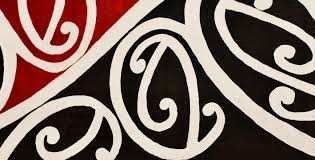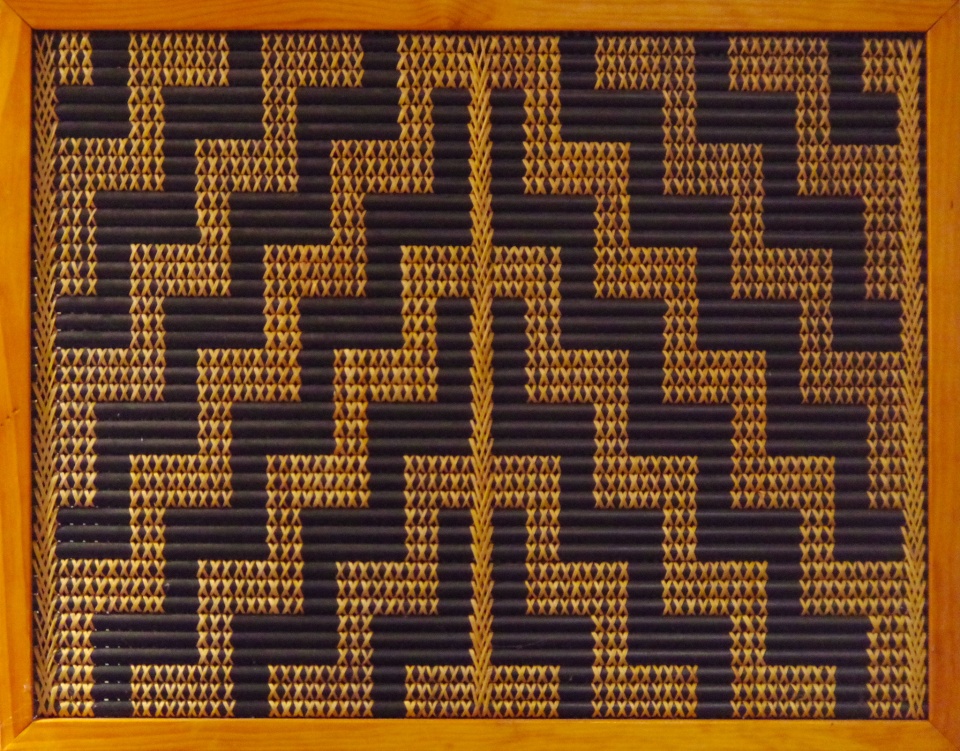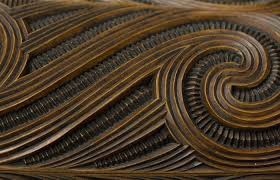Māori Patterns
Māori patterns, known as tukutuku, kowhaiwhai, and carvings, are a powerful way of telling stories and passing on traditions. These designs are not just for decoration - they hold deep meaning, often representing ancestors, family ties, and connections to the natural world.
Types of Māori Patterns
- Kōwhaiwhai: Painted patterns often seen on the rafters of meeting houses, symbolising genealogy and the journey of life.
- Tukutuku: Woven panels placed between carvings in a meeting house, each design carrying its own meaning, such as growth, protection, or unity.
- Whakairo: Carvings on wood, bone, or stone that tell stories of ancestors, gods, and important events.
Symbolism in Patterns
Each pattern has its own story. For example:
- Niho taniwha (taniwha teeth) - strength, protection, and leadership.
- Pātiki (flounder) - prosperity and abundance, often linked with food gathering.
- Poutama (stairway) - the journey of learning and striving for knowledge.
Why Patterns Matter
These designs are much more than art. They are a visual language that connects the past to the present, helping Māori communities keep their traditions alive. By understanding these patterns, we can see how culture, identity, and spirituality are woven into everyday life.
This is the Kōwhaiwhai Pattern

This is the Tukutuku

This is Whakairo (Carving)
